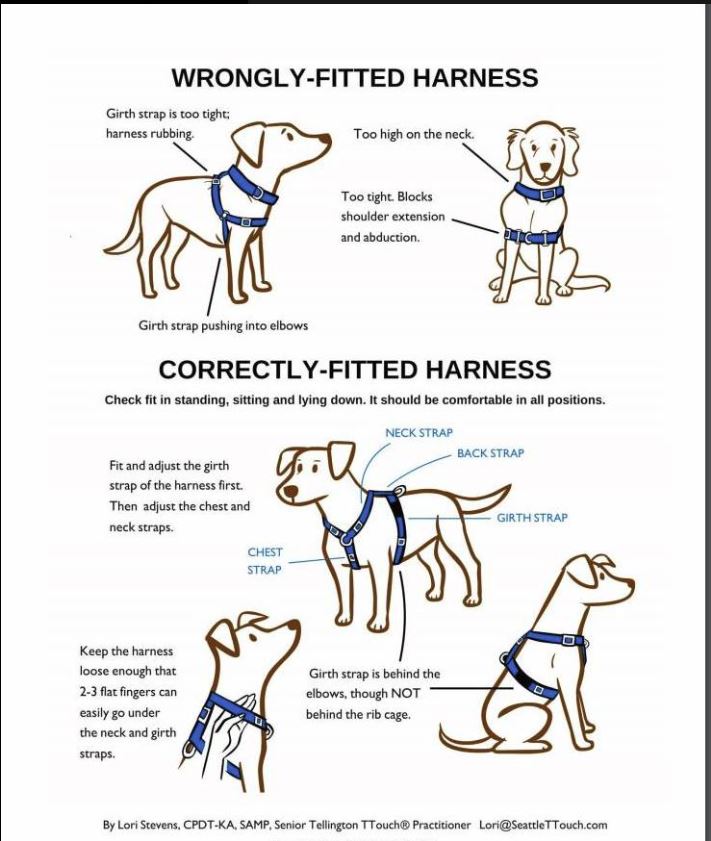Learning not to pull
-
replied to ChrisF on last edited by
@chrisf said in Learning not to pull:
All of those suggestions are perfect....I will be booed here because I am not a professional, just a 65+ yr old who thought a small dog would be easier to walk. I have shoulder injuries and can't tolerate the pulling. <<
Okay, the only booing is you thinking you'll be booed for not being a professional! I'm 62 and also shoulder pain. But honestly, I have always despised having dogs pulled. I had Rottweilers, chows.. usually large size dogs. I promise you that Mary's instructions are easy and worked even with nearly feral dogs. Really fantastic fencing and trails! But in case you ever want to take your dog outside of the fence, try her instructions.
And we agree with picking your battles.
-
replied to Dagodingo on last edited by
@dagodingo said in Learning not to pull:
retractable leashes.
Retractable leashes can be very dangerous.
-
replied to DebraDownSouth on last edited by
@debradownsouth Not if you use them correctly, I have used them for 20+ years. The big advantage is that if I walk a mile, the dog walks two.
-
I’ve had other scent hounds before and they have all tended to be pullers. A head harness like the Halti are wonderful to stop pulling. They work like how a halter on a horse does. If the head is turned sideways gently they can’t pull forward at the same time. My B boy is a bad puller already. Once he’s a little bigger I will get a halti for him as well. When outside he tends to have the attention span of a gnat. This will make our walks more pleasant and prevent aching shoulders after a hike.
-
My 1 yo boy is a puller and a yanker. I love the idea of giving them more room to roam by using a long lead, however my b always gets to the end of the radius of it and pulls me in any direction, so he doesn't as much roam, he just drags me from a distance of a couple of meters. So I'd rather keep him close (with a shorter lead). But when he's on short lead, he's almost always either dragging straight forward or leans to the side as far as possible. It feels a lot like he doesn't want to be near me at all altogether... 😣 I use a harness with the ring on the top, similar to the Rugwear one, which I know is a "pull harness", but a collar slips down and it looks very daft and uncomfortable when he leans over. We also have a head collar that works really well, but he gets too eager or stressed (wanting to move on quicker, especially if there's another dog nearby), he throws himself around, moves his head up and down rapidly - making me worry that he'll slip out of it.
Some of you mention a harness with a hook at the front, and one that attaches under the chin? Which ones are these?
-
Weve been to several training sessions. He tends to be brilliant in training. But as someone else mentioned, he'd be massively fat if I gave him treats to get him to walk nicely and give me appropriate attention - because, yes, wonders do happen with the right amount of encouragement = treats!
-
Someone wise once said it isn't the SIZE of the treat, it's the ceremony. Make the treat tiny, and cut back on his meals to help compensate.
There are times when harnesses are critical, sleds, weight pulling etc, plus dogs with glaucoma, neck injuries, etc. But my short personal opinion--- teach loose leash walking first. Then use a harness.

-
I like wide martingale collars. They can't back out of them and the collar gives you more control without risking damage to the neck if they do pull. Look for Whippet or Greyhound collars. The one I used is three inches wide and tapers to the back. But bottom line, the reason dogs pull is that it is rewarding to them......they get closer to whatever is attracting them. So stopping until the leash is slack will work (if you have patience), changing direction every time the leash tightens will work, targetting will work. Many roads lead to Rome. You can experiment and find out what works best for you, but it isn't good to let the dog reinforce the habit, which is what makes it difficult to sort this problem out when you also need to give him exercise! One solution is to give him exercise with one harness or collar and practice your loose leash walking with another, until he "gets it".
IMO, retractable leads teach the dog to pull. They are also dangerous. Ask a vet. They treat many "hit by car" injuries suffered by dogs that were on a retractable when the owner didn't react quickly enough. There is also the potential for injury when the dog wraps the leash around a person or another dog. And in many places they are illegal, i.e. the leash laws specify 6 foot maximum leash length.
